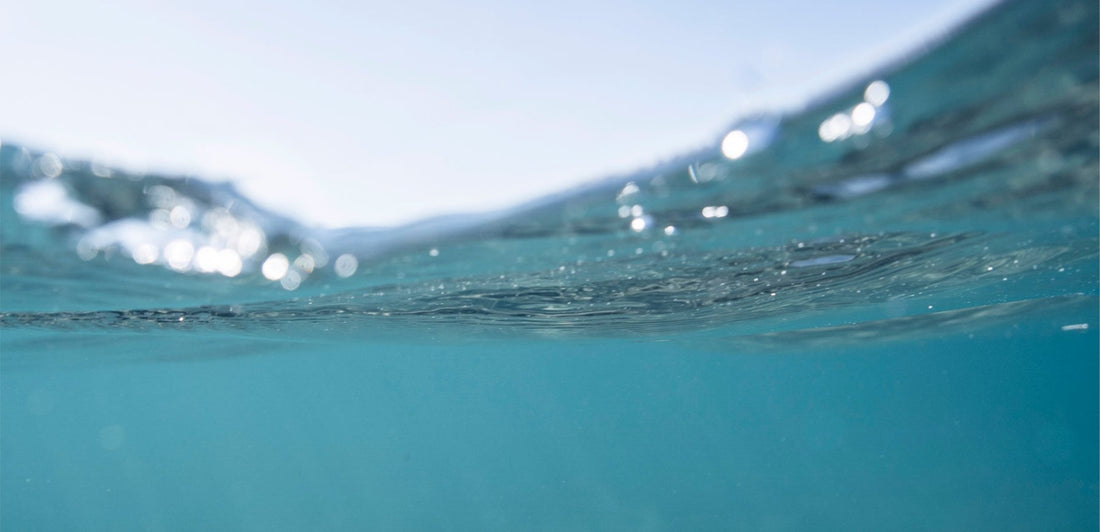Last year we celebrated TWOTHIRDS’ tenth birthday! A decade of being the little blue brand by the sea. So it’s no surprise that we find ourselves looking back on this milestone to see what changed in 2020. This is where our first Eco Report comes in. On the one hand: a deep dive into how we reduced our environmental impact. On the other: a statement of intent that will shape the way the brand grows as we edge ever closer to (our big aim) carbon neutrality.
Highlights include switching to solar power, boosting our use of ecological fibres and finding that 99.9% of our clothing ended up being worn by you! Overproduction is one of our chief areas of concern, so it’s fantastic to see that even in a year as intense and turbulent as 2020, we were able to keep waste to an absolute minimum. Credit goes to our community for using our pre-order system the way it was intended.
How do such efforts help the ocean? Well for one: the less carbon dioxide we can emit, the less pressure we place on marine environments. You may already know that the ocean plays a huge role in carbon dioxide absorption, but of course this comes at a cost. An excess of CO2 is turning the sea acidic, which proves extremely harmful to the species - such as Coral - it supports. By switching to solar electricity, using less resource intensive fabrics and limiting waste, we’re able to shrink our carbon footprint. Better for the planet as a whole.
We also focus on two further areas of marine protection. This includes using less plastic - and where we do, striving for recycled only. Ideally this is plastic that has been directly removed from the sea, making an instant and palpable difference.
Finally: the ocean should be kept clean. The industry fails to ensure this when it allows dyes and chemicals to flow directly into waterways at the manufacturing stage. An example of how we went in the opposite direction in 2020 can be found in the form of Ocean Denim. By using a special decolorising process to achieve the classic washed appearance, chemical run-off was eliminated and gallons of water saved. We’ll also be looking closely at how to integrate more eco-friendly dyeing methods and reduce pollution, in the future.
Thanks for taking an interest in sustainable fashion - we hope you enjoy Eco Report 2020!








